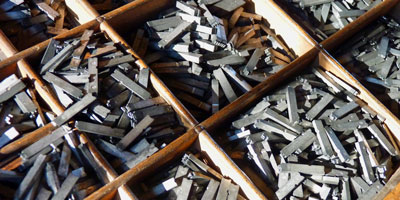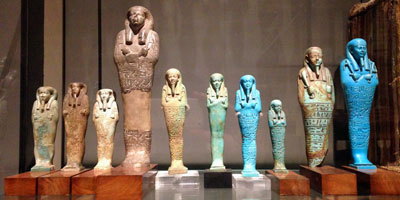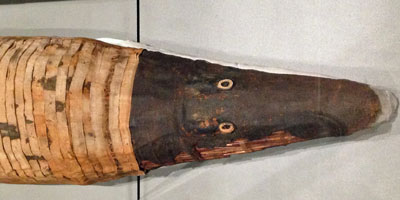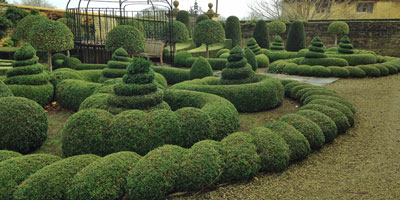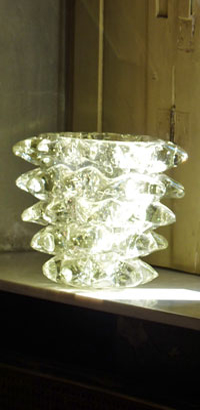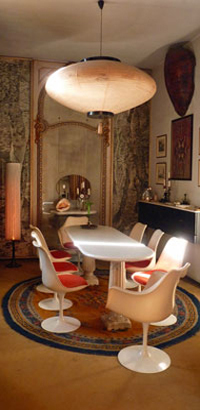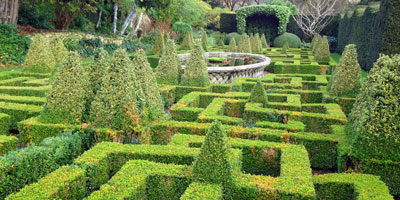|
|
CdP
11 December 2015
We had our second frost of the year last night. Or at least the second one I remember. And today sun out of a brilliant blue sky is making everything sparkle. What a perfect autumn. So many of the leaves are clinging on, and the Quercus pubescens (downy oaks) – which can be such an undistinguished brown for weeks if not months – are colouring the countryside a toasty russet.
It’s starting to feel Christmassy around here. I love the way we don’t segue from one trumped-up celebration to another, getting around to putting up our municipal decorations only well into December. They were already up in Turin when we were there for the film fest in November. Then again, Turin’s site-specific artist-designed illuminations merit months of display, they’re so beautiful.
Having been forced last August to re-evaluate a buzzy, reborn, exhilarating Milan (I had shunned it for many years, remembering it as gloomy, provincial and dull), our latest jaunt made me reassess this other northern city too. As with Milan, I was last there writing a Time Out Guide (an excellent brand which is, as of 2016, totally and ludicrously defunct). Milan in 2001, Turin in 2005. Was it a kind of Curse of Time Out that made me dislike them? I don’t think so. Milan really has changed drastically for the better: everyone who knows it confirms this. My objections to Turin were perhaps Rome-determined. That’s where we lived at that time, and for me Baroque meant exuberant and joyous, not rather pompous and terribly dour as it can be in Turin. I just didn’t like it.
This time though, I found it extremely elegant and enjoyed its Gallic touches. Like Milan, its cleanliness and general efficiency are attractive. And its Egyptian Museum is superlative.
We thought we could get away with a casual saunter through the museum’s treasures on a quiet Friday afternoon. We were wrong. So on the Saturday we returned and queued with throngs, then elbowed our way through the floors and corridors we hadn’t even scratched the surface of.
With the possible exception of some squintingly small and/or badly placed explanatory panels, the Egyptian Museum – recently reopened after a major overhaul – stands head and shoulders above most tired-looking Italian museums. OK, it’s helped by contents that will take your breath away. But this largest collection of egyptiana outside Cairo is beautifully laid out, the audioguide is informative and the makeover has made the place world class.
And then there’s the fact that the Egyptians (at least up to the middle period, since when there seems to have been a steady downwards slide) always leave me feeling joyful. The embalmed animals are hugely playful, and the jolly little households of lively sculpted helpers found in tombs look like they’re having fun. Very uncharacteristically, my father was convinced he was a reincarnation of Sinuhe the Egyptian … though he also believed that Sinuhe had tramped along the South Downs Way which was where he felt his ‘presence’ most keenly. In the Turin museum, claiming kinship seems an attractive option.
L’s work took us to two other fascinating Turin places: the first – the Po-side house of eclectic designer and all-round eccentric Carlo Mollino – because he will be writing about it, and the second – the exquisite Tallone printing works – because the curator of Mollino’s place insisted on taking us there.
Everything was breathless and topsy-turvy chez Mollino: Madonna had been expected the night before for a midnight visit after a concert – had failed to turn up – could have appeared at any moment. But for the moment we – plus a visiting French journalist – had to do.
It’s a weird apartment: a place that Mollino never spent so much as a night in but decorated in order to have a suitable perch in which to breath his last. He failed, dying elsewhere. There are none of Mollino’s own amazing pieces of furniture here: just items chosen by him for his journey across the Styx.
Part of what put me off Turin all those years ago was its widespread, tangible and rather gullible lapping up of the occult. And here was an apartment which people who go in for that kind of thing have explained away as a Modernist Egyptian tomb, with all the magic that conjures. Yet I found it oddly touching – and such a location, with the light bouncing off the river to illuminate glass vases perched on window seats.
The Tallone printing works is outside Turin, heading towards the mountains. It went from Savoy to Paris and back to Turin over its long history, hauling printing presses and lead letter blocks from hard-carved moulds back and forth over the Alps. Its products are as marvellous as the smell of ink as you enter the 1950s printing room. Piles of immaculately printed pages of hemp and linen paper sit ready for stitching together and binding.
Further travels took us to the UK. I just couldn’t face the thought of an English Christmas. The luxury of being in my own home was too alluring. So we headed north for six days of pre-Christmas: a far better time for L to sort things out in his family home. Family, coupled with a grey almost-drizzle that infiltrates your brain with a dulling miasma, demanded diversions.
One was Ditchling Museum of Art + Craft – a revelation. This new gallery is a brilliant conversion of Victorian buildings on Ditchling village green which must have been there through my youth, but I have no recollection of them. Inside, a whole new angle on the oddities of Ditchling opens up. Yes, I vaguely knew about the hugely unwholesome Eric Gill and his artistic cabal on Ditchling Common (though amusingly, I realise now that his commune was actually more in Burgess Hill than in Ditchling: even in the early 20th century, BH was a naff address to be avoided, it seems). I didn’t realise that it was an odd batch of weirdo Catholic converts and/or people who might have been better off seeking therapy for their mental health issues; I didn’t realise that the beautiful old font used by the London Underground was invented there; the fact that the peplums for Ben Hur were woven there came as a surprise (I’m still pondering the fact that the commune’s weavers learnt their craft from Armenian nuns in Palestine).
The second was a brief escape to the Cotswolds, to catch up with wonderful friends and also to visit the gardens of Bourton House. Even at this inauspicious time of year for garden visiting, the topiary extravaganza here makes it eminently do-able; this was especially so on the morning I went, when the sun shone obligingly and the fields and golden stone looked almost too good to be true.
In my usual pesky digging-deeper-than-I-should way, I was intrigued about what came before the present – beautiful – garden at Bourton, which was created by a former Canadian owner in the 1980s; but the gardeners there were not letting on. How was the historic garden there and if so, was anything retained in the re-creation? Most intriguing – and certainly pre-dating the current layout – were the trees planted along the front wall. I stared at them for quite a while, quite unable to make my brain put the various elements together. Huge towering things, veering towards the spindly but high as a respectable oldish oak tree, with flaky, dark, somewhat red-tinged bark; and bright little berries that looked like… they were in fact crabapples (Malus robusta), but I’d never before seen a crabapple even approaching these before.
The other day I answered the phone to find a cold caller at the other end. This is a rare occurrence in this house. I don’t know who it is who operates the Registro delle Opposizioni but I have to hand it to them: once you’ve entered your number into that system, the telemarketing stops from one minute to the next. This caller was from Telecom Italia, and wanted to help me pay less for my landline, so I let him ramble on briefly until he got to the point where he was offering me some Sky TV deal as part of the package.
“I’m going to stop you there, for two reasons,” I said. “Firstly, we’re on the Registro delle Opposizioni so you have no right to ring this number.”
Huge and lengthy apologies.
“And secondly, it would be pointless for us because don’t even own a television.”
Silence. For several seconds. And then “you what?”
If there’s one thing guaranteed to floor people totally, it’s telling them we have no TV. |
|
|
